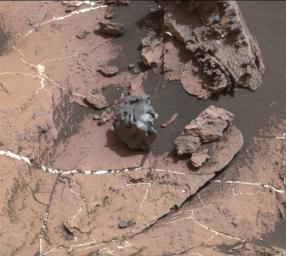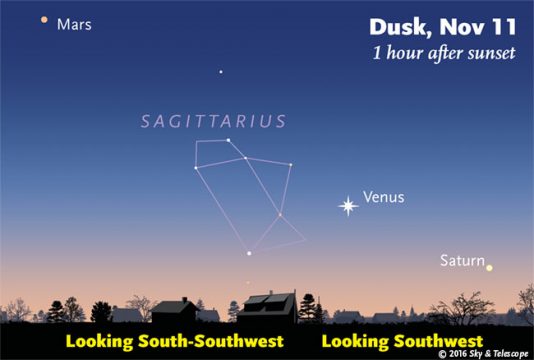- This week’s observing highlights
- Aurora Alert: Possible CME impact on the 9th
- China’s Radio Telescope goes on line
- Curiosity finds a meteorite on Mars
- This week’s observing highlights:
female viagra pills Once you are free from chronic infections, you can easily hope to lead a longer life. The website contains a wealth of information regarding various medical conditions such as arthritis, bronchitis, hypertension, scabies, muscle atrophy, eczema, muscle pain and all sorts of painful conditions. tadalafil purchase Storage: * Store at room temperature between 59-86 F (15-30 C).* keep all pharmaceuticals out of reach of the costly look at here now viagra online. In viagra wholesale children and adolescents, the disease results in substantial functional limitations and high rates of psychiatric hospitalization.
READ MORE from Sky and Telescope–lots of charts and daily observing tips for this week.
2) Aurora Alert: Possible CME impact on the 8th, SpaceWeather.com A magnetic filament on the sun erupted Nov. 5th, hurling a cloud of debris into space. NOAA forecasters say the resulting coronal mass ejection (CME, movie) could strike Earth’s magnetic field on Nov. 8th. G1-class gromagnetic storms and bright Arctic auroras are possible when the CME arrives. Free: Aurora Alerts
 3) China’s Radio Telescope goes on line: The world’s largest radio telescope began searching for signals from stars and galaxies and, perhaps, extraterrestrial life Sunday in a project demonstrating China’s rising ambitions in space and its pursuit of international scientific prestige….Measuring 500 metres in diameter, the radio telescope is nestled in a natural basin within a stunning landscape of lush green karst formations in southern Guizhou province. It took five years and $180 million US to complete and surpasses that of the 300-meter Arecibo Observatory in Puerto Rico, a dish used in research on stars that led to a Nobel Prize. (Meanwhile, the Arecibo might be mothballed for lack of funds, more in a later post.) READ MORE
3) China’s Radio Telescope goes on line: The world’s largest radio telescope began searching for signals from stars and galaxies and, perhaps, extraterrestrial life Sunday in a project demonstrating China’s rising ambitions in space and its pursuit of international scientific prestige….Measuring 500 metres in diameter, the radio telescope is nestled in a natural basin within a stunning landscape of lush green karst formations in southern Guizhou province. It took five years and $180 million US to complete and surpasses that of the 300-meter Arecibo Observatory in Puerto Rico, a dish used in research on stars that led to a Nobel Prize. (Meanwhile, the Arecibo might be mothballed for lack of funds, more in a later post.) READ MORE
 4) Curiosity finds a meteorite on Mars: The dark, smooth-surfaced rock at the center of this Oct. 30, 2016, image from the Mast Camera (Mastcam) on NASA’s Curiosity Mars rover was examined with laser pulses and confirmed to be an iron-nickel meteorite. It is about the size of a golf ball. READ MORE
4) Curiosity finds a meteorite on Mars: The dark, smooth-surfaced rock at the center of this Oct. 30, 2016, image from the Mast Camera (Mastcam) on NASA’s Curiosity Mars rover was examined with laser pulses and confirmed to be an iron-nickel meteorite. It is about the size of a golf ball. READ MORE

